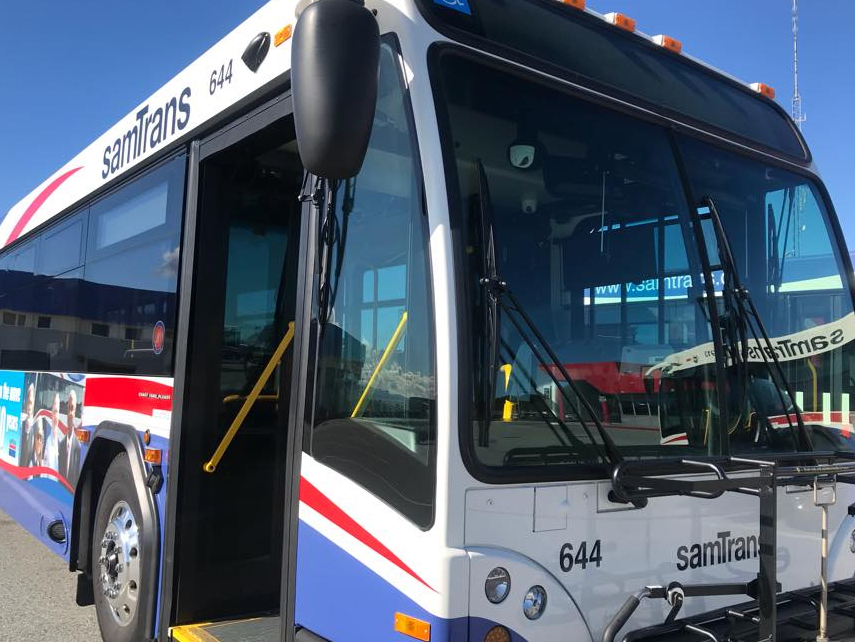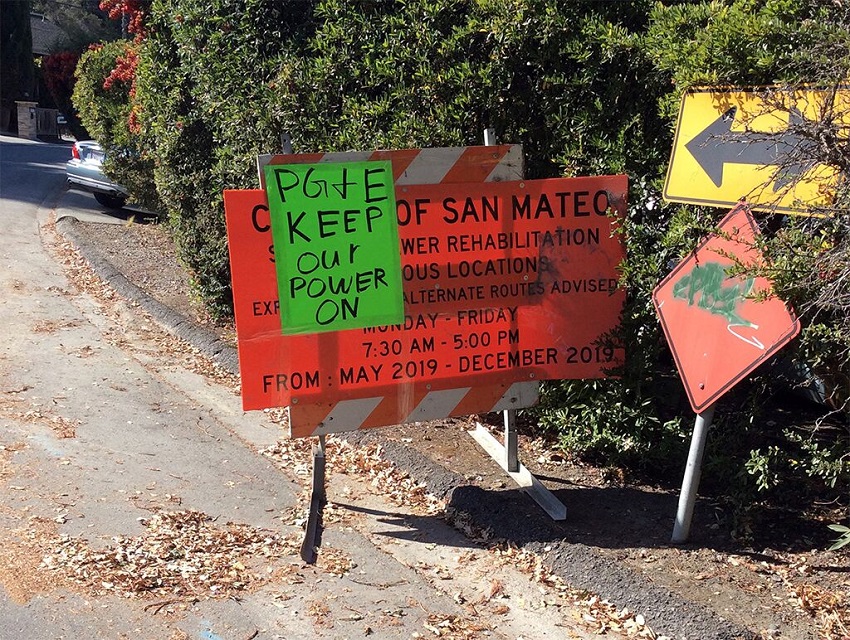False 911 calls about shooting in San Carlos were ‘distraction’ meant to free thief

False 911 calls about a shooting in San Carlos that caused a brief lockdown at Heather Elementary School on Tuesday turned out to be an attempt to distract deputies from busting a thief, according to the San Mateo County Sheriff’s Office.
At around noon Tuesday, sheriff’s deputies responded to a home in the 400 block of Portofino Drive after a neighbor reported two suspicious people on the property. Deputies arrived and found an unoccupied vehicle near the scene with stolen license plates and apparent stolen property inside, the sheriff’s office said.
A few blocks away, deputies contacted Lineti Takapuotuafi, 27, of Oakland, who fit the description of one of the suspicious people. As deputies spoke with her, Antoinette Florez, 33, of Fresno, made several 911 calls claiming there was a shooting at a nearby park, leading to the brief lockdown of Heather School.
“Those calls were determined to be ‘distraction’ calls in attempt to have deputies release Lineti Takapuotuafi,” the sheriff’s office said.
Deputies traced the calls to a nearby residence in the 400 block of Portofino Drive and located Florez. Both women were arrested and booked in Maguire Jail on felony charges that include possession of stolen property, possession of stolen identification, mail theft, falsely reporting an emergency and conspiracy to commit a crime.
Anyone with information about this crime is encouraged to call the Sheriff’s Office Detective Bureau at 650-599-1536. Or remain anonymous by calling the San Mateo County Sheriff’s Anonymous Tip Line at 1-800-547-2700.
Photo credit: San Mateo County Sheriff’s Office









